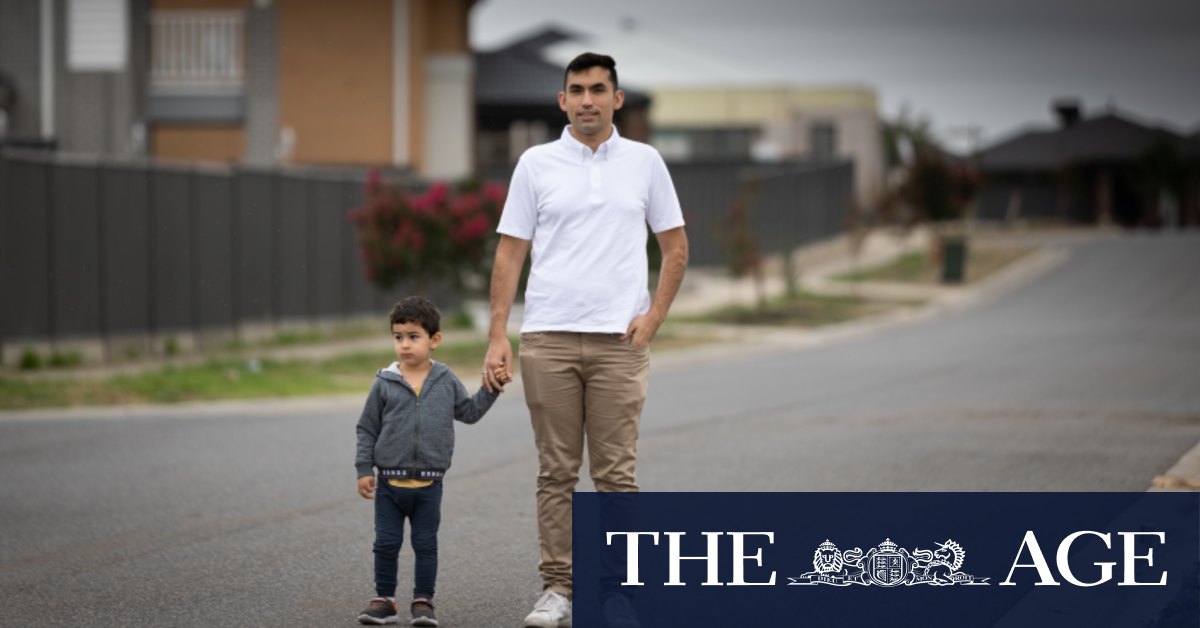“A radical plan to overhaul the tax system for housing, open up Melbourne’s middle suburbs and stop rampant population growth on the city’s outer fringe has been proposed by Victoria’s peak infrastructure body.”
Just walked past a NIMBY “stop development and protect our heritage” sign in Albert park yesterday.
It’ll be interesting to see how this long standing “culture war” of sorts goes. In terms of demographics, there is in my experience a real generational aspect to it. “This isn’t the city I signed up for” would say the “Boomer”. Will it be a matter of coffins in the ground marking progress?
@maegul @ajsadauskas@lemmy.ml I think some of it is generational, but a lot more of it is about socioeconomic class.
Protecting heritage sounds nice, until you realise that the people who would have lived in Albert Park, a short tram ride from the city, are instead forced to the suburban fringe in places like Wyndham, Melton, Pakenham, or Craigieburn.
And instead of being served by the existing infrastructure in Albert Park, we instead need to build new schools and hospitals to service those new suburban fringe housing estates.
And because public transport is often atrocious out there (a half hourly bus), many opt for cars.
Which causes more traffic congestion from the outer suburbs to the inner city. And more pollution.
Yep and yep and yep and …
@ajsadauskas@lemmy.ml Infrastructure Victoria is calling for sensible planning policies to put a stop to Melbourne’s never-ending suburban sprawl.
From The Age: "In a major new report, Infrastructure Victoria has called for fast-tracked planning approvals for townhouses, relaxed zoning to permit more low-rise apartments and the abolishment of stamp duty and first-home-buyers subsidies to increase housing options and affordability.
"The agency’s report, released on Tuesday, says 1.3 million new homes need to be built in Melbourne to meet the projections that the city’s population will swell from 5 million people to more than 8 million over the next 30 years.
"But there will be mounting financial and social costs if that growth remains concentrated in the city’s outer-fringe “greenfield” areas, where tracts of farmland have been carved up for detached houses.
“Half a million people have moved to seven of Melbourne’s greenfield areas – the municipalities of Cardinia, Casey, Hume, Melton, Whittlesea, Wyndham and Mitchell – over the past decade, accounting for half of Victoria’s total population growth.”
#Melbourne #Victoria #VicPol #AusPol #Politics #Urbanism #UrbanPlanning #Development #Cities #Walkability




